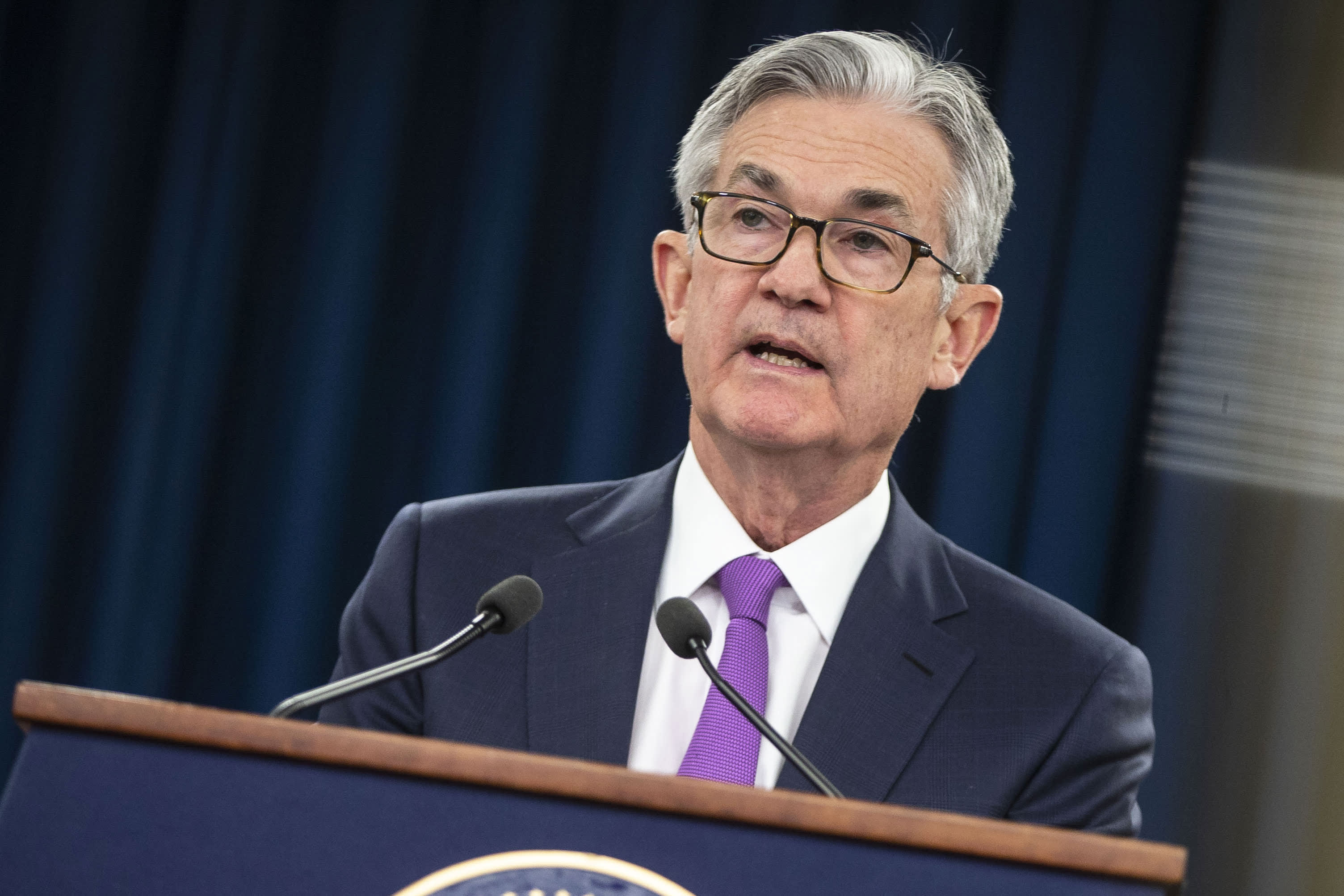The Federal Reserve is likely to say rate cuts are coming, satisfying markets - 5 minutes read

Should the Federal Reserve meet market expectations and signal a rate cut at its meeting Wednesday, the move will come under some unusual circumstances.
Normally, when the Fed starts loosening policy it does so amid clear-cut signs of economic weakness.
The last time it entered a cutting cycle was September 2007. At that juncture, the subprime mortgage crisis had displayed clear signs of accelerating. The Federal Open Market Committee in its post-meeting statement noted that "the tightening of credit conditions has the potential to intensify the housing correction and to restrain economic growth more generally." The half-point cut was aimed at heading off "some of the adverse effects" from the housing issue that had caused "disruptions in financial markets."
Finally, the statement cited "uncertainty surrounding the economic outlook" as a reason to begin an easing cycle that wouldn't stop until the central bank took its benchmark rate all the way from 5.25% to nearly zero.
No such conditions are present today.
At its most recent meeting, the committee declared the labor market "strong" and said the economy is growing "at a solid rate." Public statements since then have cited some concern over trade issues and a few other issues.
The closest thing to any outright worry about the pace of the history-making economic expansion came from Chairman Jerome Powell, when he said on June 4 that, "We are closely monitoring the implications of these [trade] developments for the U.S. economic outlook and, as always, we will act as appropriate to sustain the expansion, with a strong labor market and inflation near our symmetric 2 percent objective."
Yet the Fed is still expected to signal that it will start cutting, possibly as soon as July. The futures market is pricing in up to three quarter-point reductions before the end of the year.
At the core of the market's concern are two issues: the uncertainty over the various tariff battles in which the U.S. has found itself with China and other trade partners, and the inverted yield curve, where short-term government bond yields are now higher than the benchmark 10-year note, in the past a strong signal of an impending recession.
And then there's inflation: market participants — and President Donald Trump — think there's no reason for the Fed to have rates where they are with the Fed consistently missing its 2% inflation target.
"The Fed should only want to be restrictive when it is seeking a disinflationary slowing of the economy," said Paul McCulley, a former Pimco executive and now senior fellow in financial macroeconomics at Cornell Law School. "By definition, this cannot be the case when the Fed has missed its inflation target on the low side for a decade."
Back to the 'New Neutral'
McCulley has coined some memorable market terms — "shadow banking," to describe nonbank lenders that were a focal point during the financial crisis. and "Minsky moment" for critical downturns in markets. His former Pimco colleague, Mohamed El-Erian, used "new normal" to describe an expected prolonged period of slow, steady growth.
For McCulley, the current climate is seeing the Fed wrestling with where it is between the "new neutral" rate that is neither stimulative nor restrictive, and the "new restrictive" rate that holds back growth and is probably much lower than it has been in the past.
"We now know the northern boundary of the New Neutral zone; what will be the southern boundary of the New Neutral zone?" he said in an email interview. "The inverted yield curve is not a dark [portent] of recession, but rather Wall Street's rational expectation that the Fed will ease, simply to move policy back to the New Neutral."
The latter sentiment is a popular one on Wall Street, namely that the bond market is not foretelling a recession but merely signaling to the Fed that it has gone too far past neutral, which McCulley pegs closer to 2% than the current target range of 2.25% to 2.5%.
"It's an art not a science," said Patrick Chovanec, chief strategist at Silvercrest Asset Management and an adjunct professor at Columbia University's School of International and Public Affairs. "Unless the Fed was really intent on pulling away the punch bowl, and I don't mean just for the market but for the economy, and if you've got an inverted yield curve and people are basically telling you they think growth is going to weaken ... why not just ease off the brakes?"
Indeed, markets are expecting the Fed not merely to ease but to do so aggressively at a time when the unemployment rate is at a 50-year low, GDP is growing well north of 2% and the stock market is around record highs.
Cutting, then, will please the market but give the Fed little room to maneuver during a more serious downturn.
For Powell, who continues to be the target of Trump's criticism, his job may well be to assuage market expectations while not compromising the Fed's future reaction function.
"Rhetorically managing that process will be Chair Powell's existential mission," McCulley said. The chair, he added, will need to "validate market expectations of the coming policy reversal, while leaning against too-heady exuberance as to how low the Fed may go."